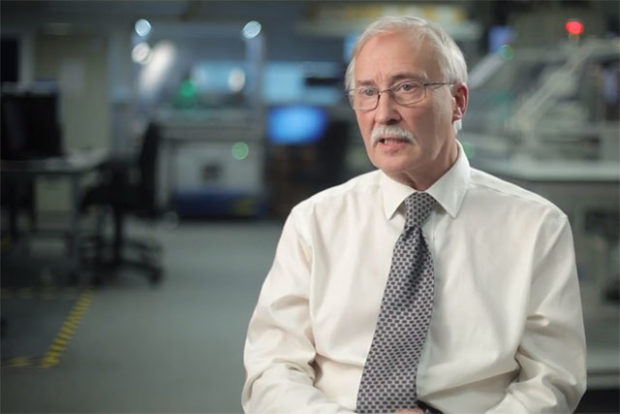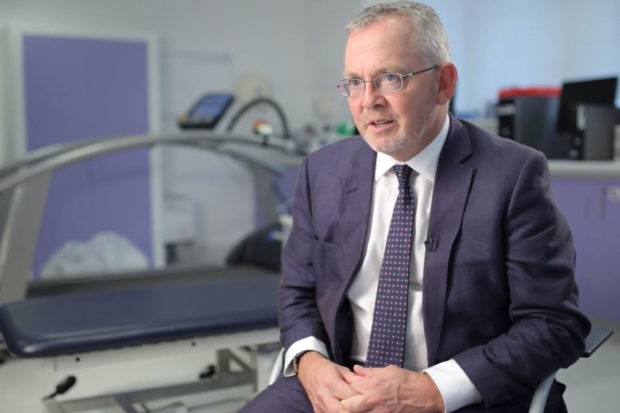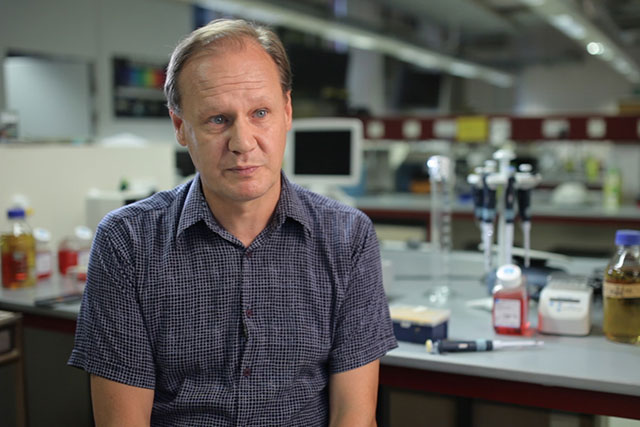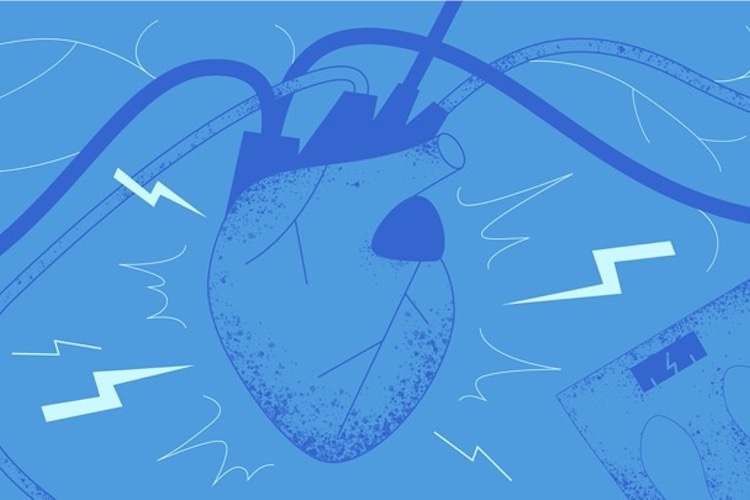Steroid Resistance in COPD
Respiratory scientist Peter Barnes on the Chronic obstructive pulmonary disease, responsiveness to steroids, and anti-inflammatory treatment of certain diseases
videos | July 9, 2018
COPD is a chronic inflammatory disease of the lungs, which is progressive, leading to progressive symptoms and decline in lung function. This suggests that we need to develop anti-inflammatory treatments to deal with this underlying inflammatory process. The most widely used anti-inflammatory treatments for chronic diseases are corticosteroids or steroids. These treatments are highly effective in many inflammatory diseases, such as asthma, which also is associated with inflammation of the airways.

The majority of COPD is resistant to steroids, and a lot of our research is focused on trying to understand why the inflammation of asthma is sensitive to steroids, but the inflammation in the same parts of the lung, in COPD, is resistant to steroids. That involves understanding how steroids work to control inflammation. We’ve looked at the molecular pathways of steroids, and when steroids enter cells, they bind to glucocorticoid receptors that are found in a cytoplasm of cells, and these receptors then move into the nucleus, where they seek out activated inflammatory genes and switch them off leading to reduced secretion of inflammatory proteins, and this results in reduced inflammation.
What we’ve worked out is the mechanism whereby glucocorticoid receptors switch off inflammatory genes. This is linked to the fact that when you activate inflammatory genes, you get acetylation of core histones, around which DNA is wound, and the chromosome structure. When genes are inactive, the chromatin structure is tightly packed. But when the genes become activated, this opens up the chromatin structure, because the basic histone molecules, around which DNA is wound, become acetylated by histone acetyltransferases. This means that gene transcription can proceed leading to the expression of inflammatory genes. What we’ve found is that steroids work by reversing histone acetylation by the recruitment of an enzyme called histone deacetylase 2, and this by reversing histone acetylation causes the open chromatin structure to be compacted again, which therefore switches off transcription of the inflammatory genes.
This is how steroids work in asthma to switch off inflammatory genes, but in COPD the histone deacetylase 2, or HDAC2, is inactivated, and it becomes inactivated by oxidative stress, which activates a pathway called PI 3-kinase delta. PI 3-kinase delta is able to result in the inactivation of the HDAC2 protein, which leads to its reduction. So it means that it’s not available for when steroids are trying to switch off inflammation because the protein has been lost. This is interesting because it tells us why COPD is steroid resistant. But I think what’s really interesting is the potential for reversing this resistance.

But there are other drugs that could potentially reverse steroid resistance. Nortriptyline is an antidepressant that we found is able to do this, working through the same mechanism as theophylline, which is inhibiting PI 3-kinase delta, that is responsible for the reduced HDAC2. But there are also selective PI 3-kinase delta inhibitors that have now been developed. We know that these drugs may have side effects if they are given systemically and, in fact, have hematological side effects. But inhaled drugs that inhibit PI 3-kinase delta have now been developed, and these drugs can potentially be used to reverse steroid resistance in COPD.
Incidentally, people with severe asthma also lose the responsiveness to steroids, and that’s through the same mechanism. We think the common cause is reduced HDAC2 and that this is triggered by increased oxidative stress that is found in COPD and in severe asthma. This opens up the possibility for new treatments.
The other approach, of course, is to find alternative anti-inflammatory treatments. Many pharmaceutical companies have been looking for new types of anti-inflammatory drug. The only anti-inflammatory treatments for COPD that have so far gone into the clinic is a phosphodiesterase-4 inhibitor called roflumilast. Roflumilast is effective in animal models of COPD, for example, but has a rather poor clinical effect because it has a lot of side effects when it’s given as a tablet. This means that the dose is really limited by these side effects, and at the low doses that can be tolerated the clinical benefit is really quite small. So this means we need to look further for other anti-inflammatory treatments, and there are several new classes of drug, particularly kinase inhibitors that are being looked at as potential anti-inflammatory treatments in COPD. I think that more studies are needed to discover the most useful drugs, and, probably, to avoid side effects these drugs will need to be given by inhalation.
I think there’s a lot of work that is needed to develop new treatments and then to go into clinical trials in suitably selected patients to demonstrate clinical benefit. But we certainly do need drugs that will reduce the progression of COPD, reduce its major impact and reduce its high mortality.





























